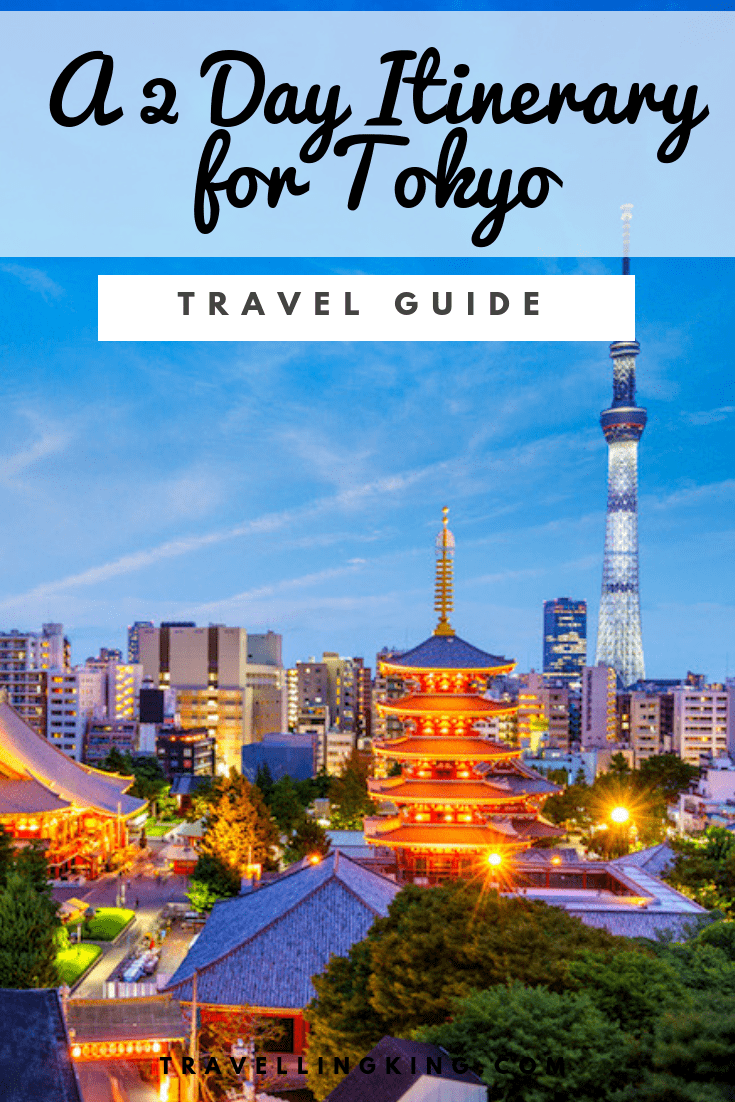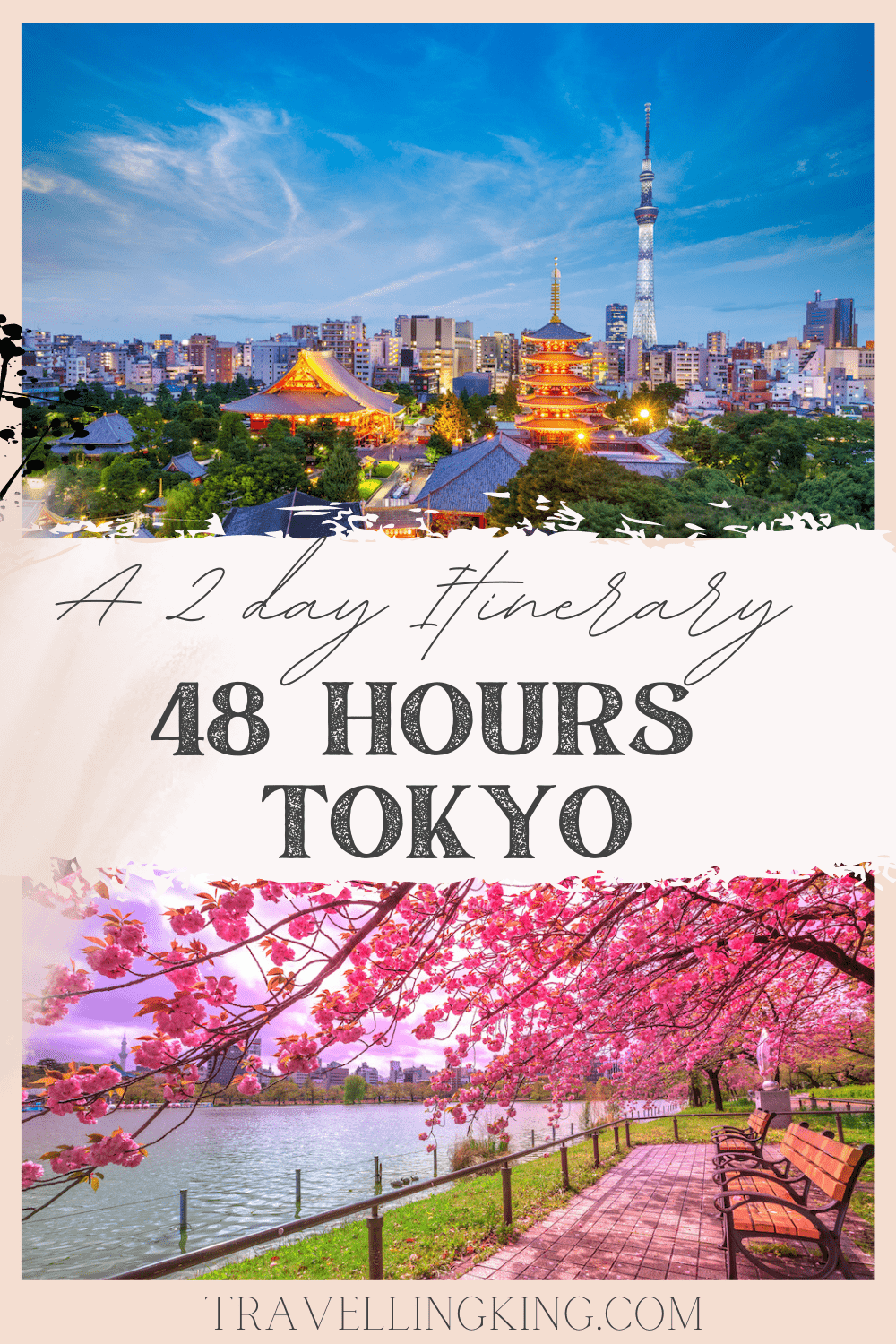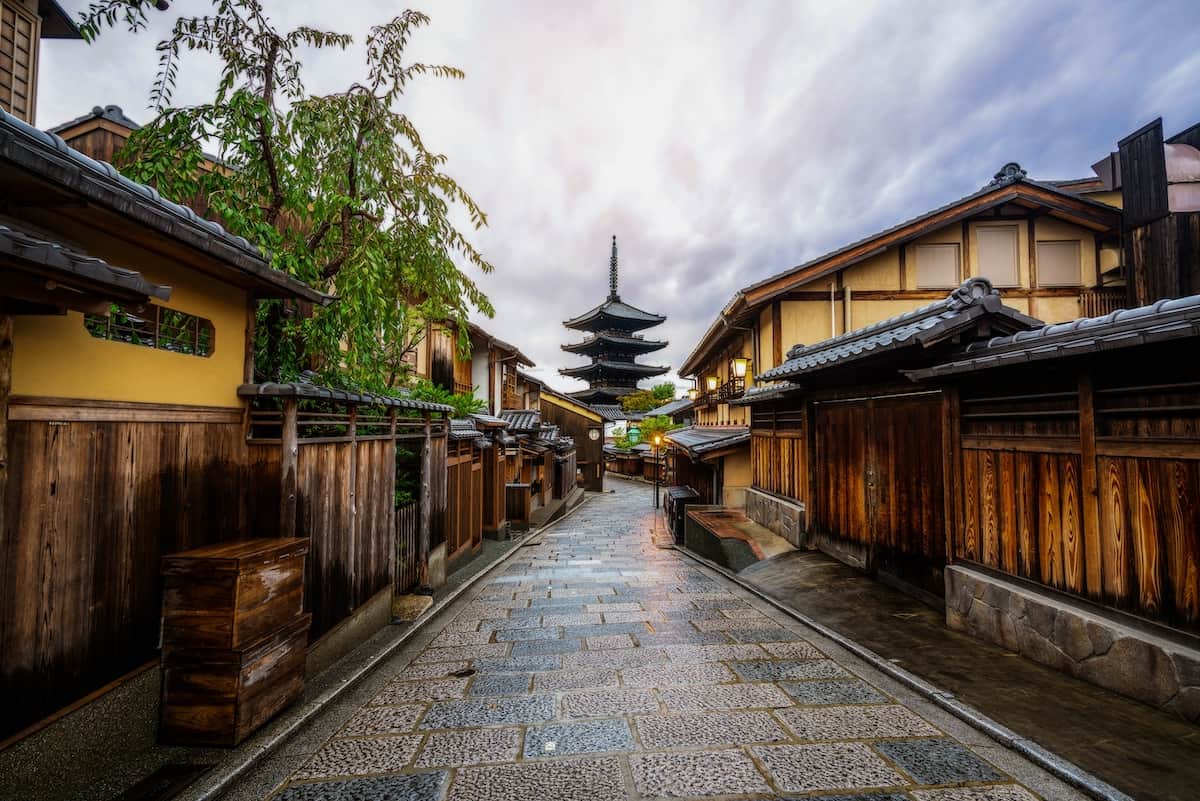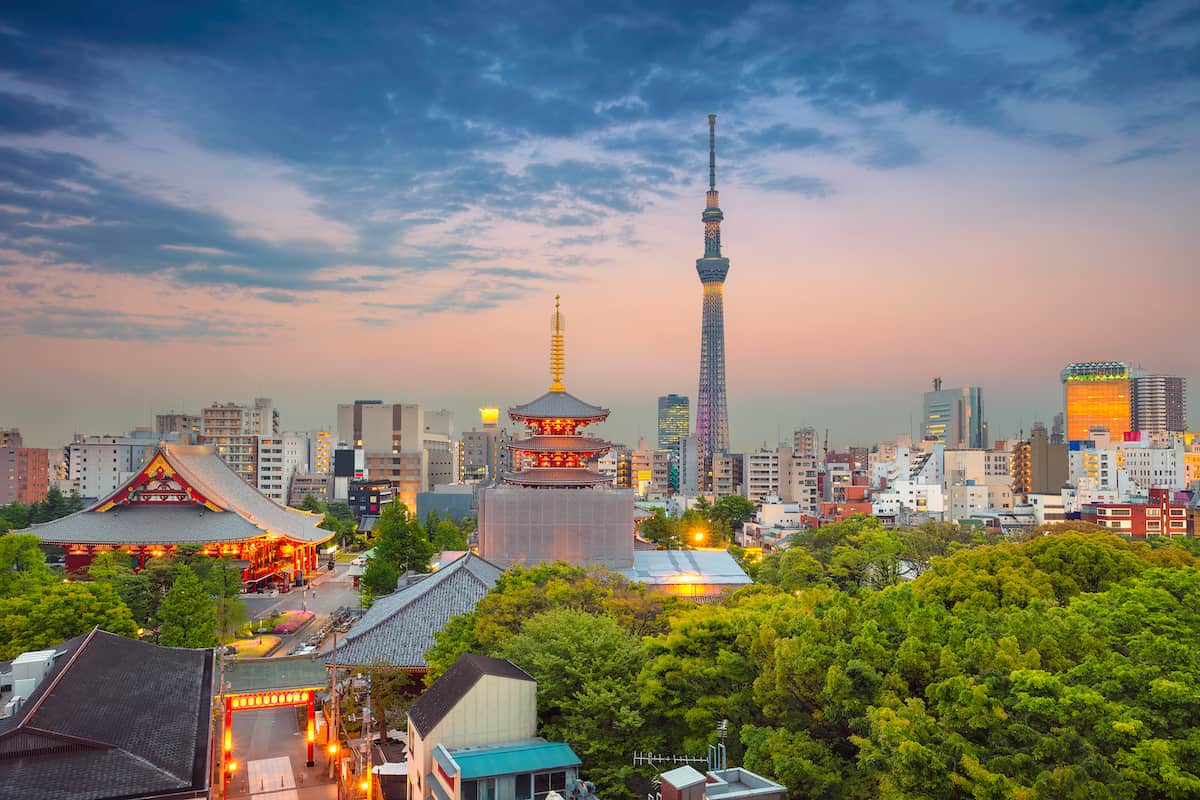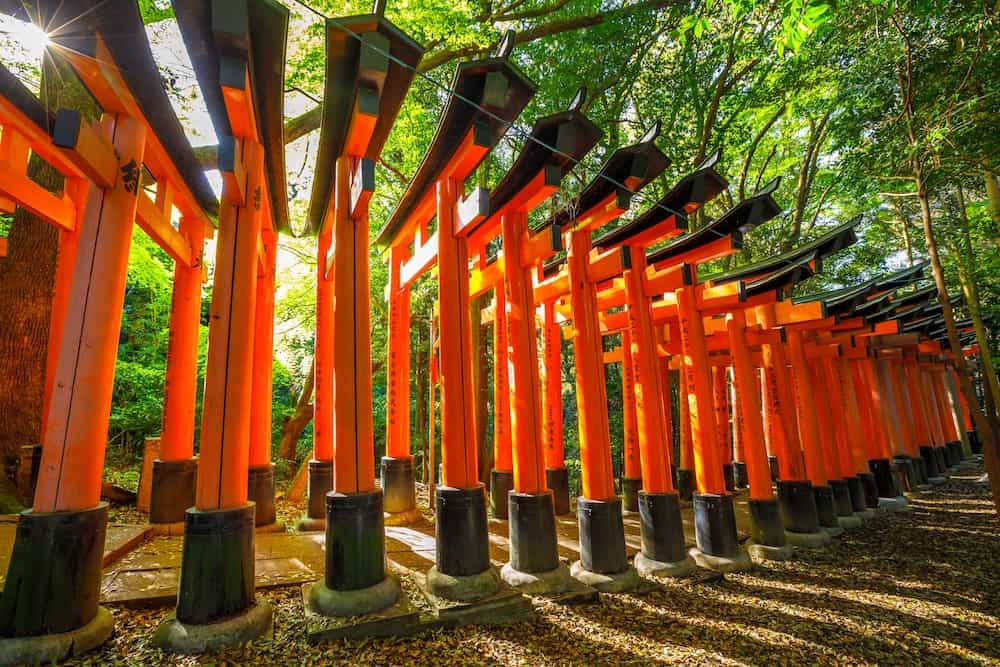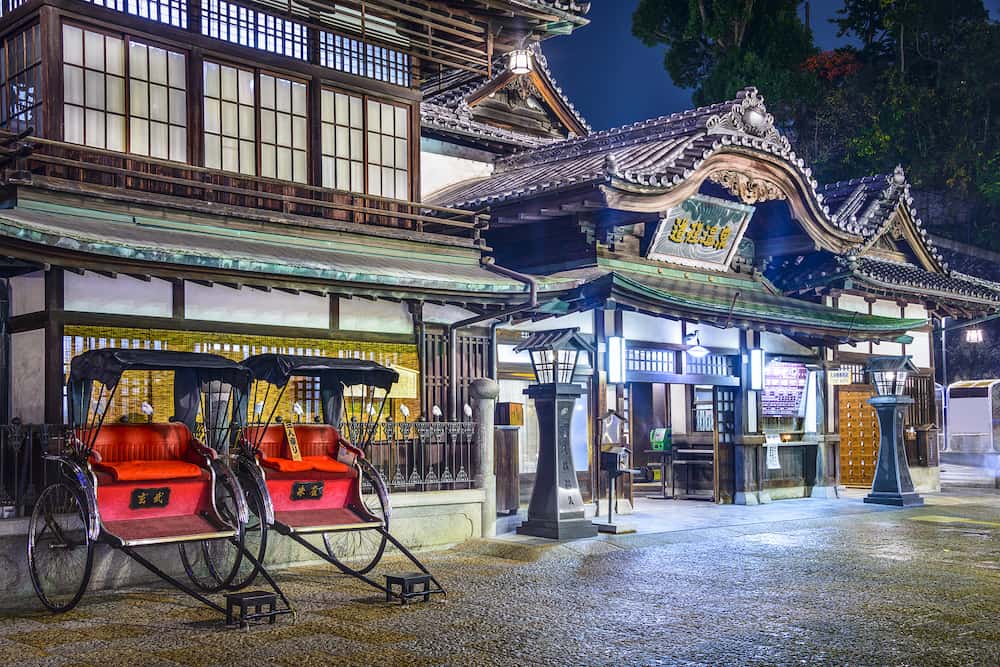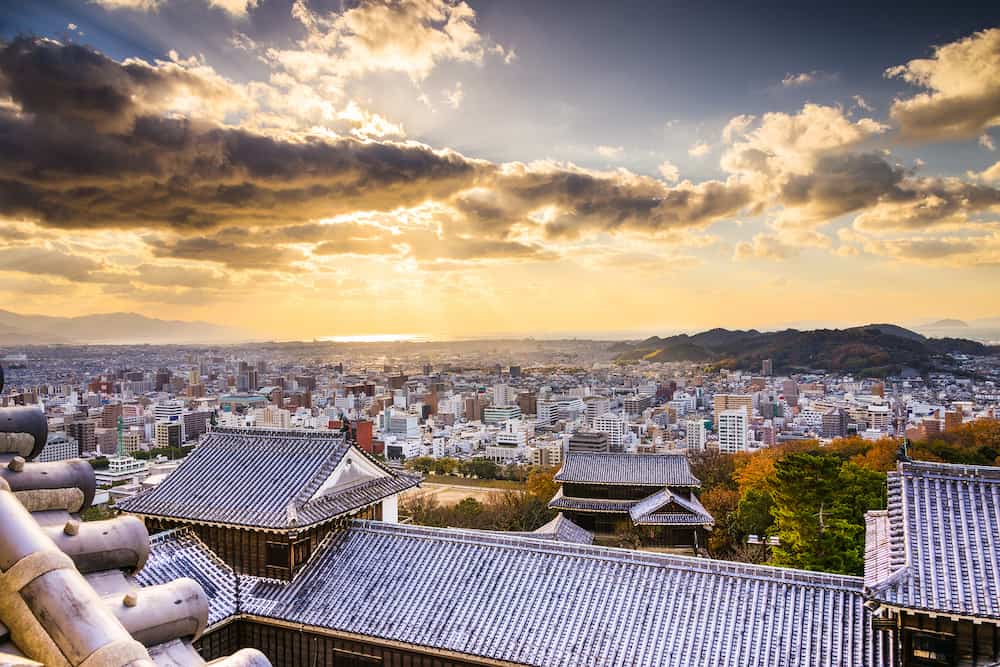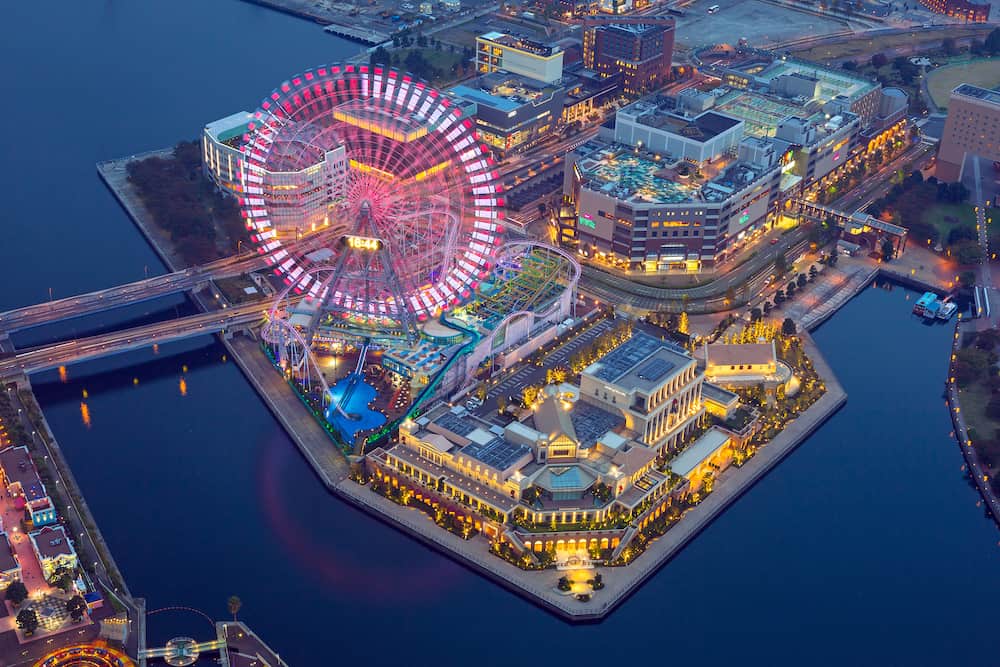48 Hours in Tokyo – A 2 Day Itinerary
Tokyo is a fantastic city full of culture, modern amenities, and plenty to do. I’ve travelled to Japan a few times and Tokyo has always been a place I’ve loved to spend time in. It’s easy to fill up two days with fun activities while still finding time to relax.
If you’re looking for something traditional and cultural, Tokyo’s shrines and temples are not to be missed! Sensoji Temple is one of the most popular attractions in the city with its vibrant shopping street right outside the temple gates. The Meiji Shrine is also a must-see as it’s the most iconic Shinto shrine in Tokyo.
For those wanting something more modern, Tokyo Tower offers gorgeous views of the city skyline from its observation deck. If that’s not enough for you, take an elevator up to the Sky Deck at Mori Tower for even higher views!
Shopping districts such as Harajuku, Shinjuku, and Ginza are excellent places to explore too – here you can find both traditional souvenirs and modern fashion apparel.
At night, why not have dinner or drinks at one of the many themed restaurants around town? Whether it’s robot restaurant or an owl cafe – there are plenty of unusual experiences that are unique to Tokyo.
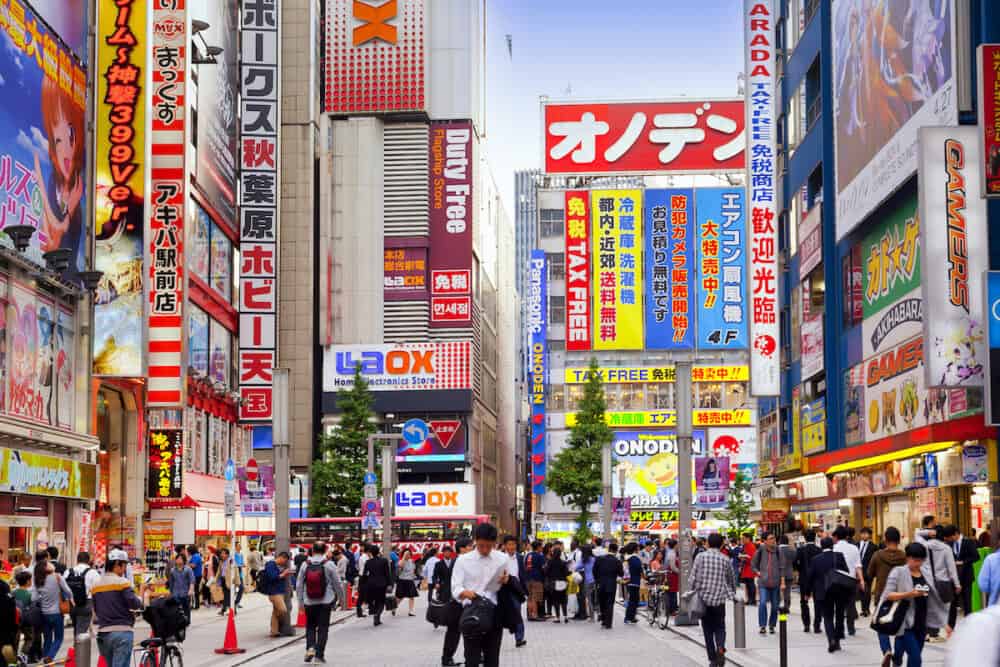
Tokyo is known for its eclectic mix of traditional Shinto architecture and modern high-rises. This blend of old and new is one of the reasons Tokyo is such a popular destination for travellers. The Japanese capital city is home to more than nine million people and over 20 million yearly visitors.
It’s a big and bustling city, and you should enjoy your trip without worrying about how you’re going to see and do everything. You don’t need to stress, because you can fit a lot into just two days in Tokyo! To help you out, this guide will show you what to do in Tokyo when you only have 48 hours.
If you’re wondering how many days in Tokyo is ideal or how many days do you need in Tokyo? well it all depends on what your plans are? You could easily spend 2 weeks in Tokyo or 2 months and still not see or do everything.
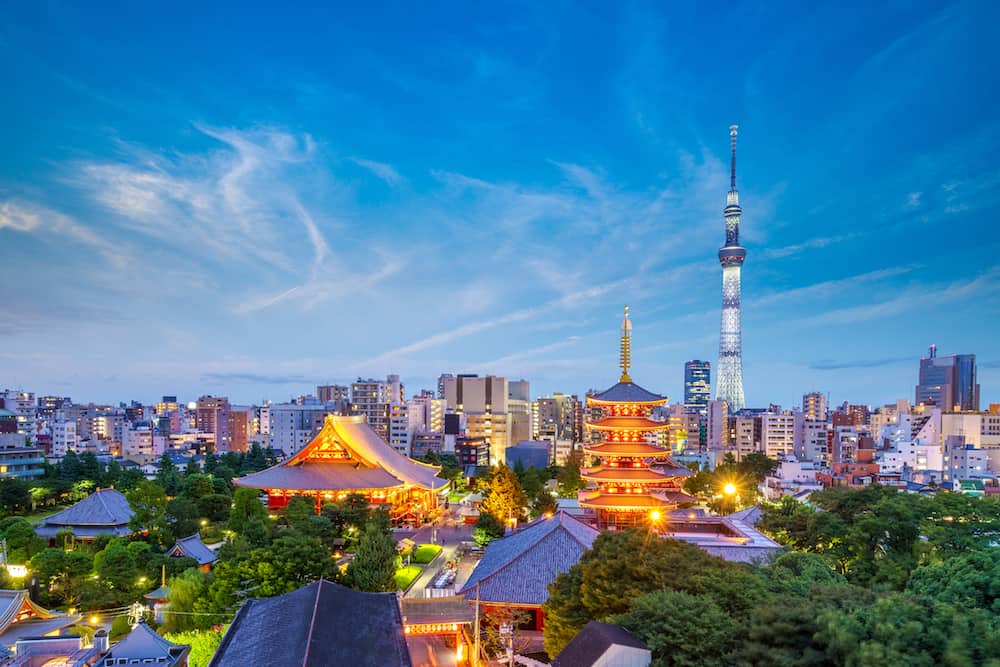
Below is a great guide on what to do in Tokyo for 2 days because sometimes 2 days in Tokyo is all you have, especially if you’re going over on a cruise or you’re short on time and want to be able to tour some of the other areas within Tokyo.
This guide is perfect for those who only have 48 Hours in Tokyo 2 Day Itinerary, showing you what to do in Tokyo in 2 days. We will show you what to do in Tokyo for 2 days, where to stay, what to eat and how to get around, whether its a weekend in Tokyo Japan or just a quick trip.
Plan your trip
Save on fees abroad with the Wise Card—use it at ATMs, restaurants, and for flights or hotels in over 150 countries. Manage 40+ currencies in real-time with the Wise app.
Need Help Planning?
- Cheap Flights: Find the best deals.
- Accommodation: From hostels to luxury stays.
- Car Rental: Affordable options worldwide.
- Sightseeing Tours: Explore without breaking the bank.
- Travel Adapter: One adapter for all your needs.
- Travel Insurance: Don’t risk it—stay covered.
This post includes affiliate links. Read my full disclosure and content policy.
Overview Of 2 days in Tokyo itinerary
Day 1 in Tokyo
- Catch the train to Shibuya
- Enjoy Breakfast at Kanetanaka
- Check out the Shibuya Scramble
- Wander around Yoyogi Park to the Meiji Shrine
- Enjoy fashion trends Harajuku
- Visit the Watari Museum of Contemporary Art
- Head to Chiyoda to the National Art Centre
- Ramen lunch in Ippudo Roppongi
- Relax in Hinokicho Park
- Visit the Tokyo Tower
- Visit Hinode Pier
- Enjoy a dinner cruise and show along Tokyo Bay
Day 2 in Tokyo
- Head to Chūō-ku for a big breakfast at K’shiki
- Take a guided tour of the Imperial Palace
- Visit National Museum of Modern Art
- Kanda Shrine via the Tozai and Ginza train lines
- Wander through the Ueno Park
- Lunch at Inshotei
- Relax by the Shinobazu Pond
- Visit Tokyo National Museum and the Tokyo Metropolitan Art Museum
- Explore Sensoji Temple in Asakusa
- Snack on dumplings
- Nakamise Street for souvenir shopping
- Dinner at Kamiya Bar
The best time to visit Tokyo
If you want to visit Tokyo when the city is at its most beautiful, come during spring or autumn. In March, the lovely cherry blossoms are blooming, and in October, the autumn leaves have turned vibrant yellows and reds.
The weather during both seasons is mild, which is exactly what you want when you only have a weekend in Tokyo. Keep in mind, however, that spring and autumn are also the busiest times of year to visit.
If you can handle the heat and humidity, you may enjoy a trip during summer. There are always a lot of festivals happening, including many fireworks displays. It’s a great time of year to dive deep into Japanese culture with a ton of dancing, music, and of course, eating.
You should avoid a visit to Tokyo and all of Japan during the New Year. Shops and businesses shut down for the celebrations, and many locals visit the temples to pray, meaning crowds are busier than usual. If you’re hoping to visit a ski resort, wait until mid-January.
Read more: If you have extra time in Tokyo, check out this 3 day itinerary for Tokyo
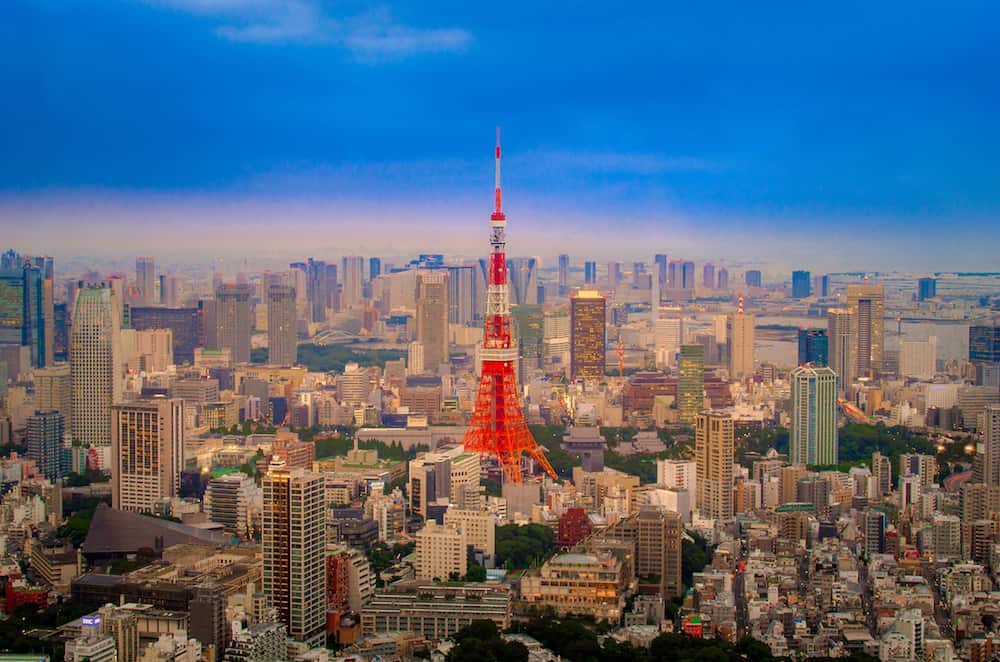
How to get around Tokyo
The trains in Japan are among the best in the world, so getting around Tokyo will be easy and pleasant for you. If you’re going to be taking multiple trips over two days, it’s worth getting a Tokyo train pass for tourists.
This pass allows you to take unlimited rides on both the Tokyo Metro and Toei Subways. It’s the perfect time-saving solution, as you won’t have to constantly queue up to buy new tickets.
This Tokyo metro pass comes in three options. Passes valid for 24 hours cost 800 yen, 48-hour passes are 1,200 yen, and the longer 72-hour passes are only 1,500 yen. You can order a pass, purchase one at the airport, or pick one up at designated travel shops.
When you’re getting to the city from Tokyo’s Narita International Airport, avoid catching an expensive taxi. With such an impressive railway system, you’re better off catching the train or even a shuttle bus.
Each of the airport’s three terminals has its own railway station. The most comfortable option, the JR Narita Express (NEX), takes one hour and costs 3000 yen.
If you’re not travelling a huge distance and want to be more active, you can rent a bicycle. With Tokyo’s main bike-sharing provider, Docomo Bike Share, you can pick one up for an hour or an entire day.
Luckily, there are clear instructions in English on their website that won’t make the process too much of a headache.
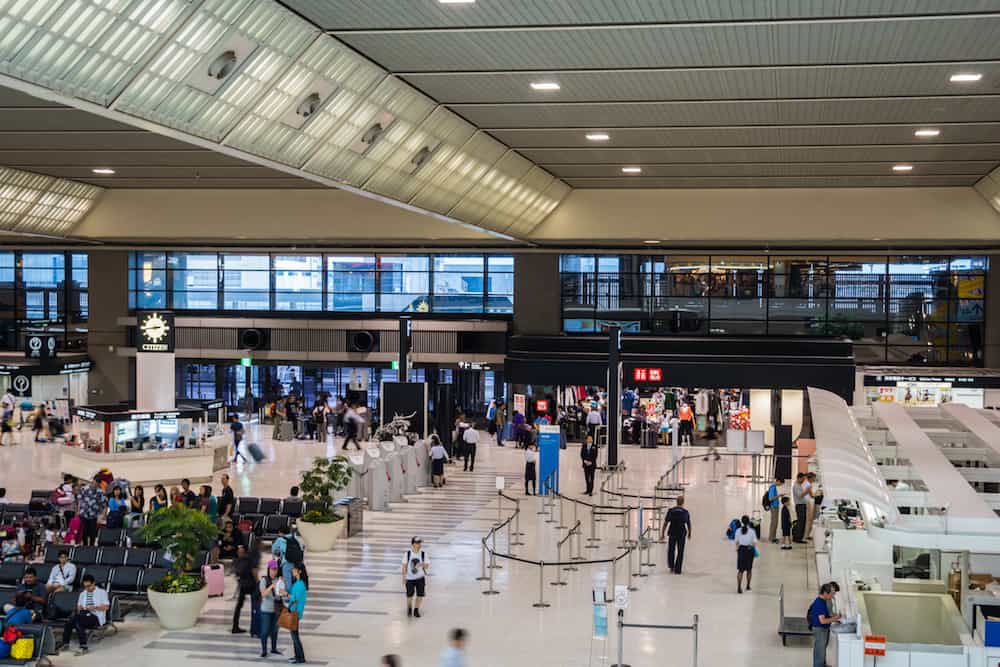
Best Things to do in Tokyo
Tokyo is home to many unique markets. Whether you want to shop for souvenirs, sample the local cuisine or simply wander the stalls, you’ll find a market that’s just what you’re looking for.
Nakamise Shopping Street is easily the number one market for buying souvenirs. While it’s generally packed with tourists, you can find some delicate kimonos, wooden toys, replica samurai swords and delicious snacks.
The street conveniently leads up to the gates of Sensoji Temple, which you can explore once you’ve spent enough of your money!
Going solo in Tokyo for 2 days lets you see the city’s cool mix of old and new. You can check out different city spots, enjoy tasty food, and see quiet temples all by yourself. Tokyo has lots of fun things to do and places to see, making it a great place for a short solo trip.
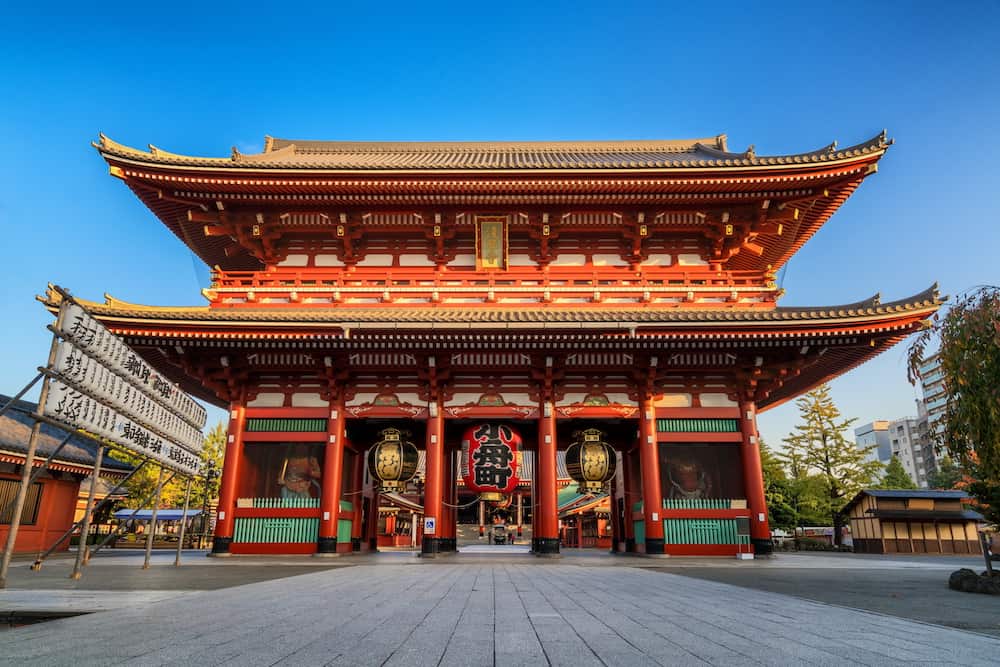
Seafood lovers can also check out Tsukiji, the largest and busiest fish market in the world. If you arrive at the crack of dawn, you can witness live tuna auctions.
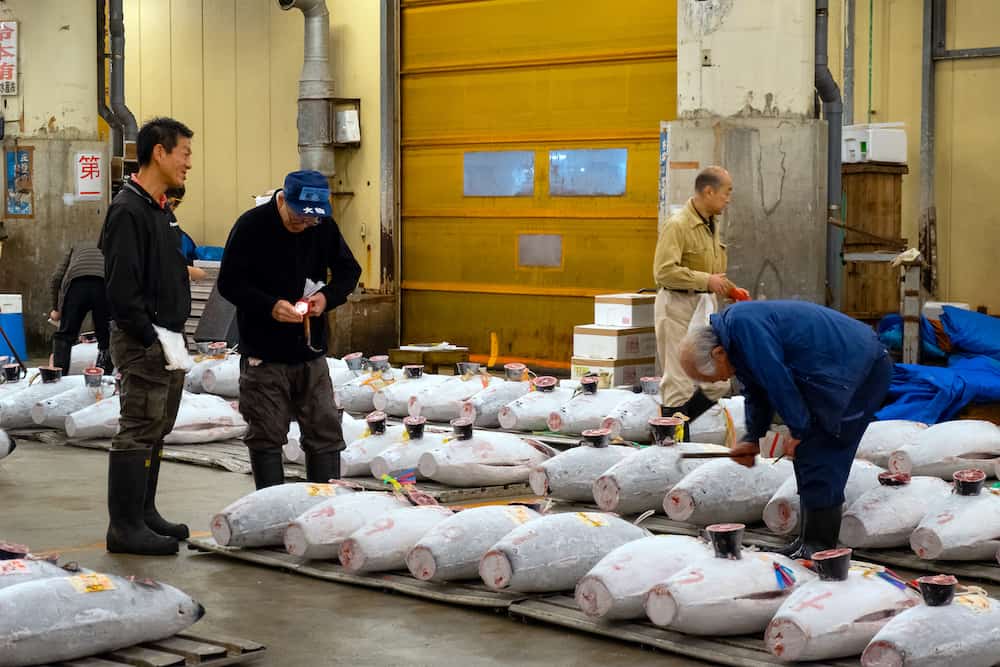
To sample the best sweets, head to Ameya-Yokochō, aka Ameyoko. It’s known as the candy store alley, but you can find just about anything.
There are insane bargains to be found, particularly if you’re willing to buy in bulk. I recommend trying some ningyo-yaki, a sweet cake made with red bean paste, and imo yokan, a sweet potato jelly.
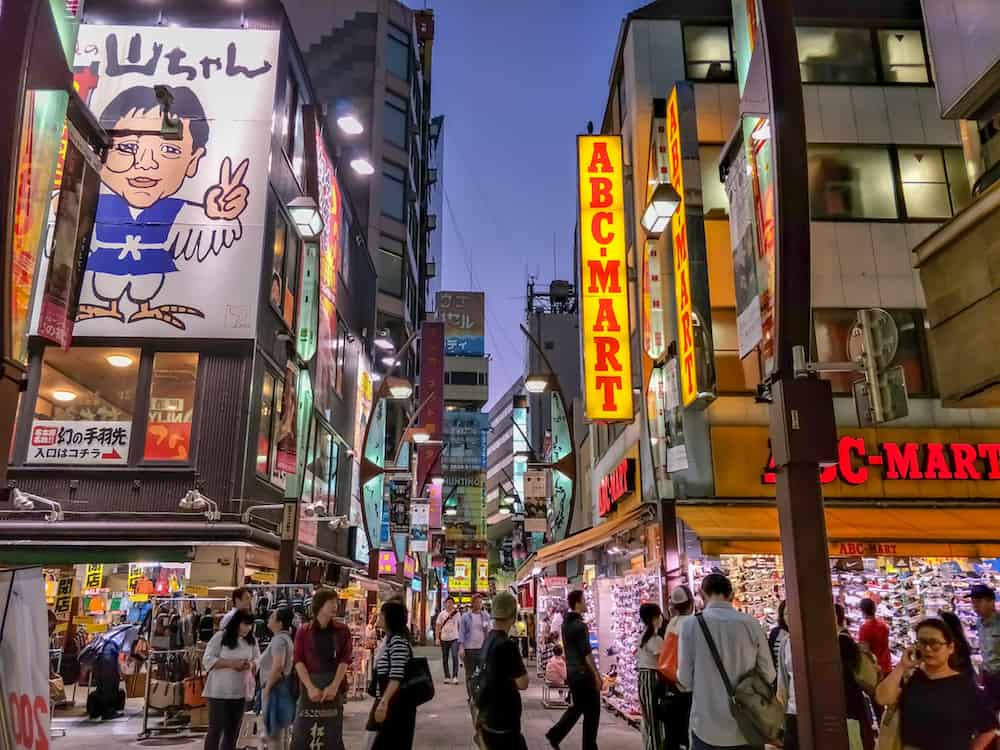
If you love all things vintage, you won’t want to miss the Mottainai Flea Market. It emerged as a way to promote recycling and environmentalism, and primarily sells secondhand clothes.
Yoyogi Park also holds occasional flea markets, including the monthly Earth Day Market. Regardless, this popular park is always worth a visit.
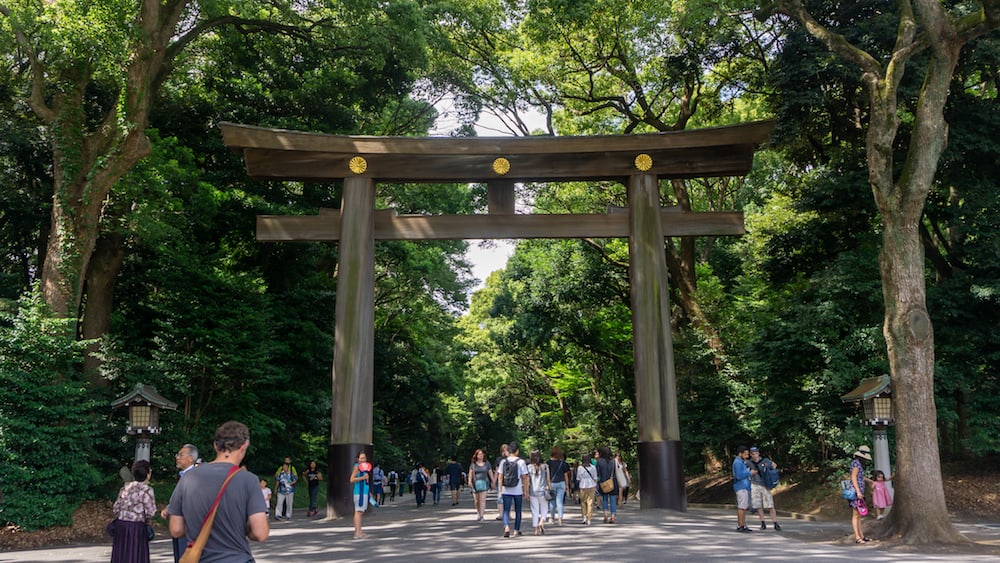
If you want to learn more about Japan’s unique culture, you’ll find a myriad of museums and art galleries. The Tokyo National Museum in Ueno Park is a great place to start, since it’s the largest and oldest museum in Japan.
Many artifacts, ancient artworks and items classified as Japanese National Treasures are preserved here. Other places worth a visit include the Mori Art Museum, the Edo-Tokyo Museum, and the National Art Centre.
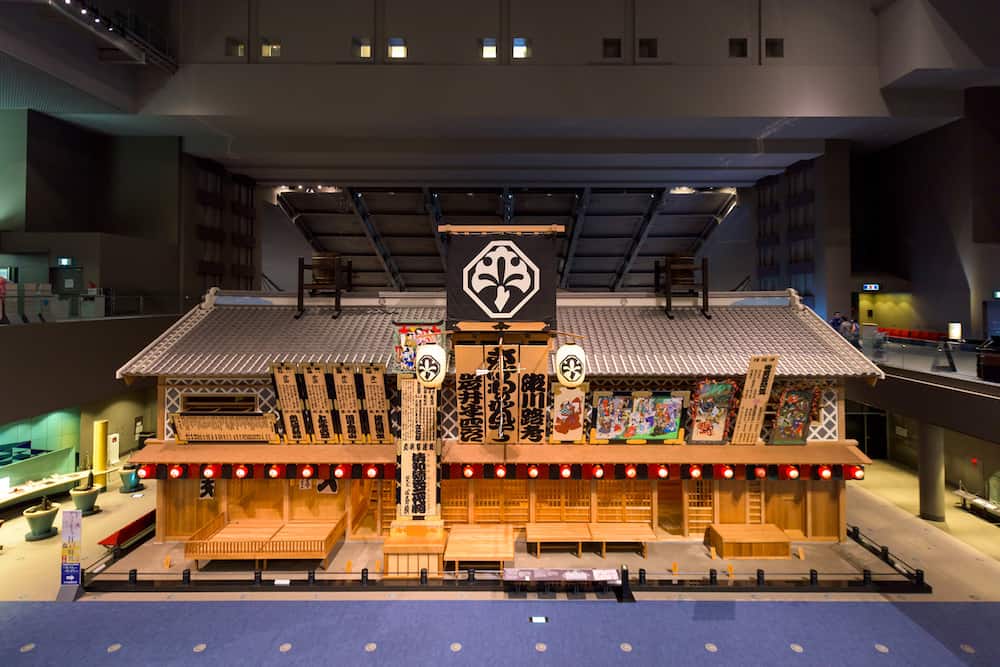
For anime fans, you can’t go past the Ghibli Museum. Located at the beautiful Inokashira Park in Mitaka, the museum showcases the best work by Studio Ghibli.
Photography is prohibited, as director Hayao Miyazaki wants every visitor to immerse themselves in the world of animation and imagination.
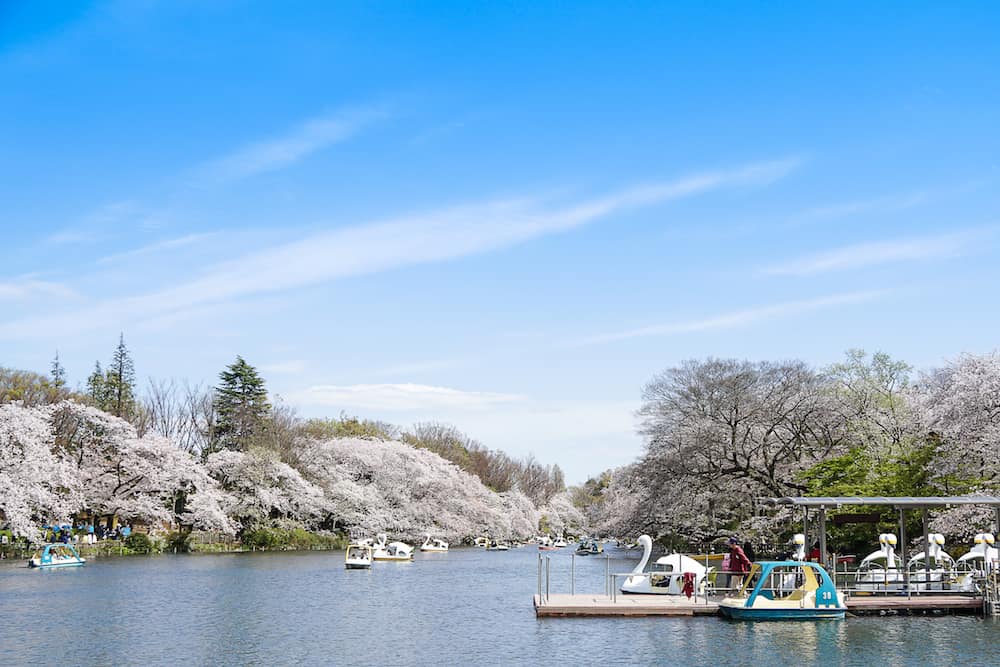
Places to visit in Tokyo
New York City has Times Square, and Tokyo has Shibuya. This area is home to the notoriously busy famous Shibuya crossing, nicknamed the Shibuya Scramble.
If you’re not keen on getting amongst the crowds, you can observe the chaos from the second floor at Starbucks.
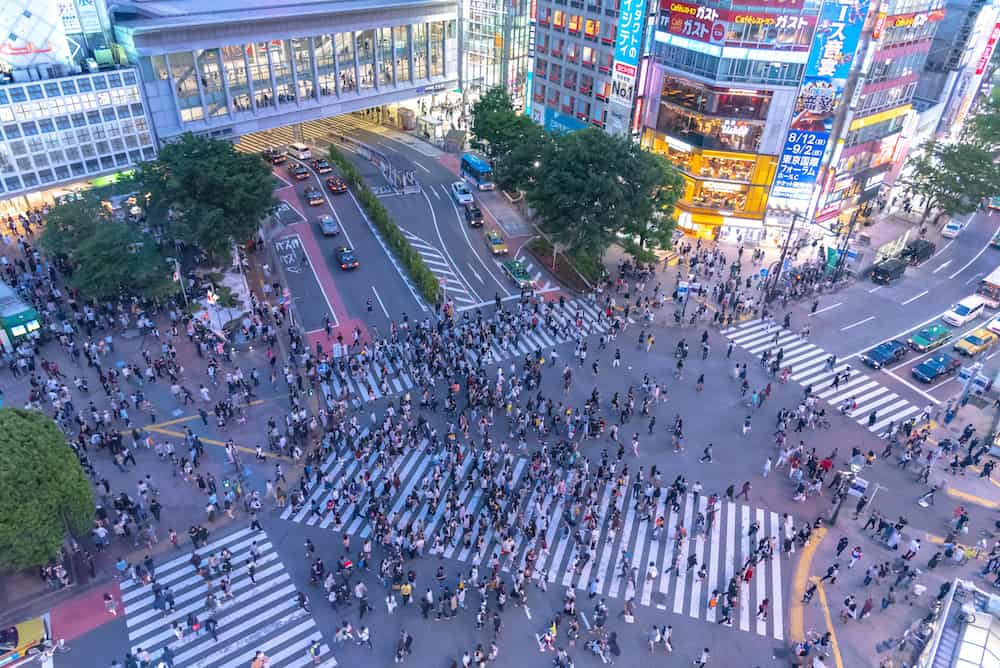
Nearby the crossing is the famous Hachiko Memorial Statue. For those who don’t know the story, an Akita dog named Hachiko would wait for his owner to return from work each day and greet him outside the train station.
Without fail, he continued to wait every day for 10 years after his owner’s sudden death. The Japanese people were so touched by this story that the bronze statue was built to commemorate his loyalty.
This landmark has become a common meeting spot for locals, and a must-visit for tourists.
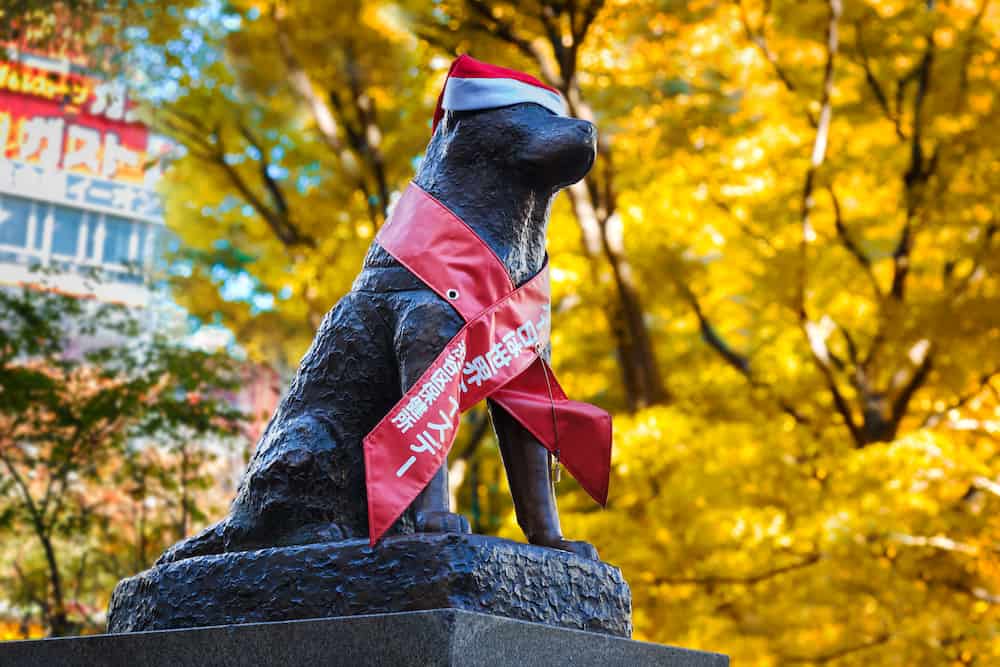
There are numerous beautiful temples and shrines to visit in Tokyo. Sensoji, the oldest Buddhist temple in the city, receives over 30 million visitors per year.
The vibrant red structure was constructed in 645 AD and is dedicated to the Bodhisattva of compassion. It’s next to the Asakusa Shrine, and both are among the few structures to have survived World War II.
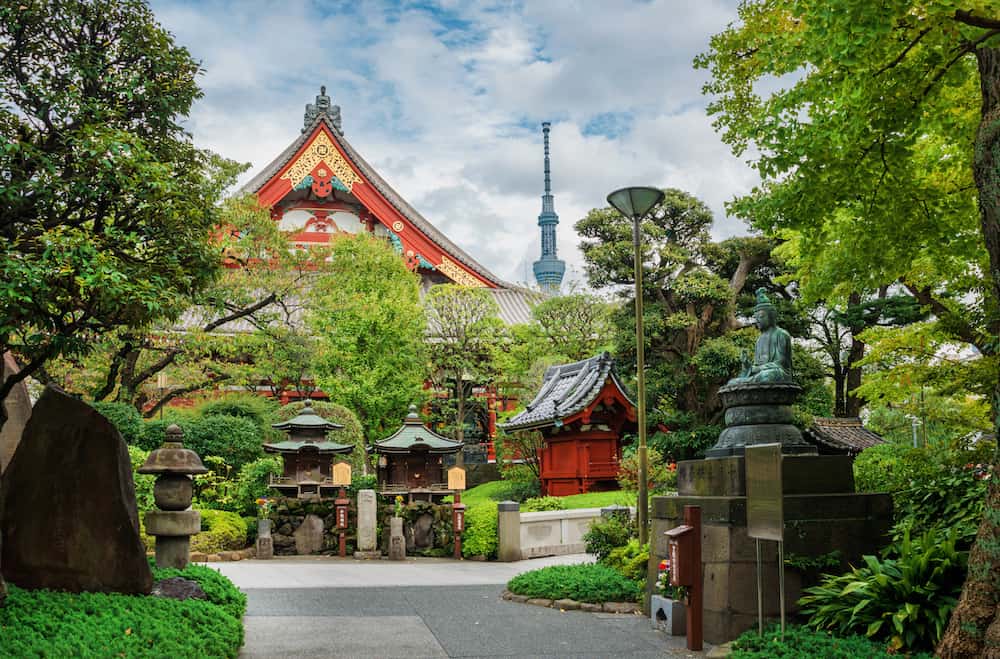
The Kanda Shrine, located in downtown Chiyoda, is where locals come to pray for wealth and success. It has been an important shrine since the Edo period beginning in 1603.
Kanda also survived World War II because of its reconstruction following the 1923 Great Kantō earthquake. More recently, it has been referenced in anime and become a spot for blessing electronic devices.
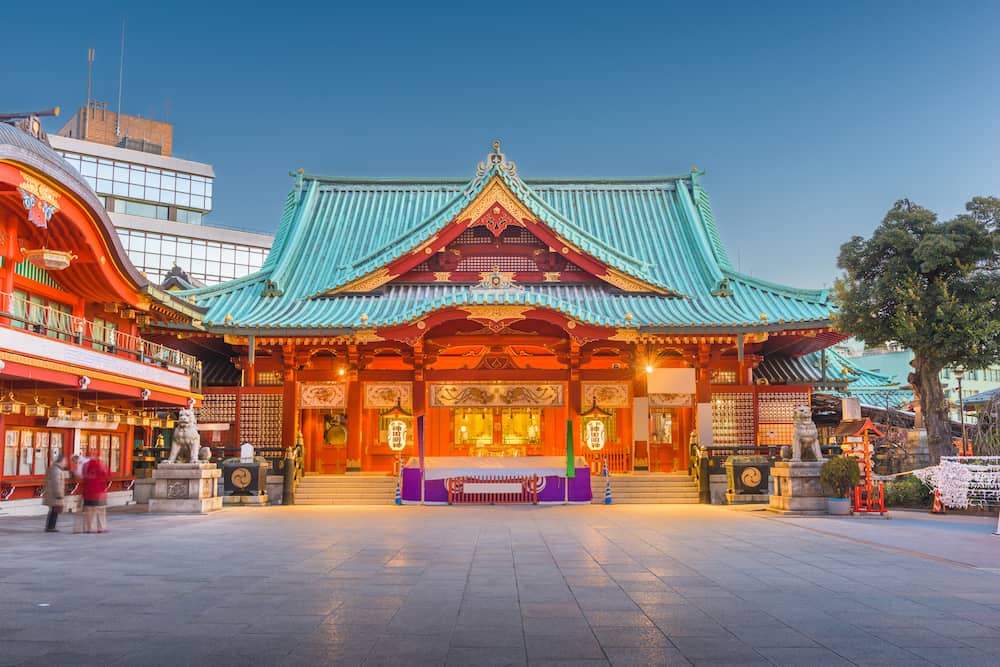
For further sightseeing, you have your pick of observation decks. The Tokyo Tower was inspired by the Eiffel Tower in Paris and is similarly referenced to in Japanese popular culture.
You can visit the two-story main deck or the 250-metre-high top deck. Even if it’s not on your list of things to do, you’re sure to see the orange and white tower from a distance.
A newer addition is the Tokyo Skytree, now the tallest structure in the world. From the 350-metre-high Tembo Deck, you can experience uninterrupted panoramic views. There’s also a cafe for you to enjoy a refreshing beverage while admiring the city.
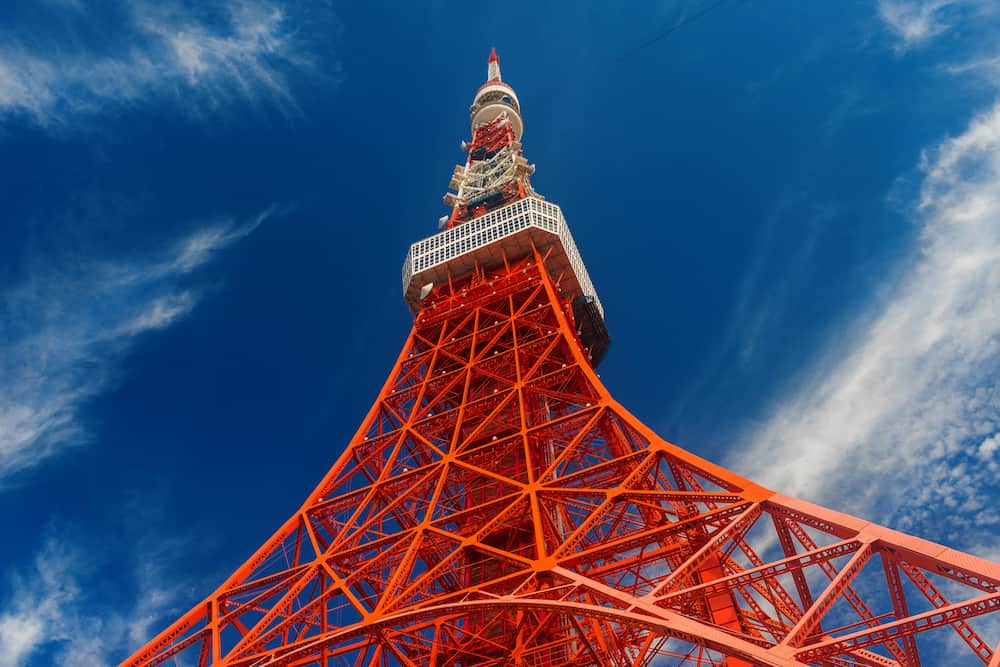
Where to stay in Tokyo
Although Tokyo is a very modern city, you can still find some Japanese-style accommodation options. Here are some suggestions for both traditional ryokans and Western hotels as well as AirBnbs. We have also written an extensive guide on Where to Stay in Tokyo.
A sleek and affordable option is the b tokyo ochanomizu. The hotel is one minute away from Awajicho Station in the quiet and picturesque Chiyoda area. The rooms all have a stylish wooden finish with comfortable Western-style single, twin or double beds. You’ll have access to a generous breakfast buffet, plus free coffee all day long.
For a classic and authentic Japanese stay, there’s Ito Ryokan in the area of Chūō. The rooms are impeccably clean, and the twin, triple and quadruple room options make it the perfect place for families.
You’ll be astounded by the attentive hospitality here. The welcoming staff are always eager to teach guests about their culture and ensure everyone has the best stay possible.
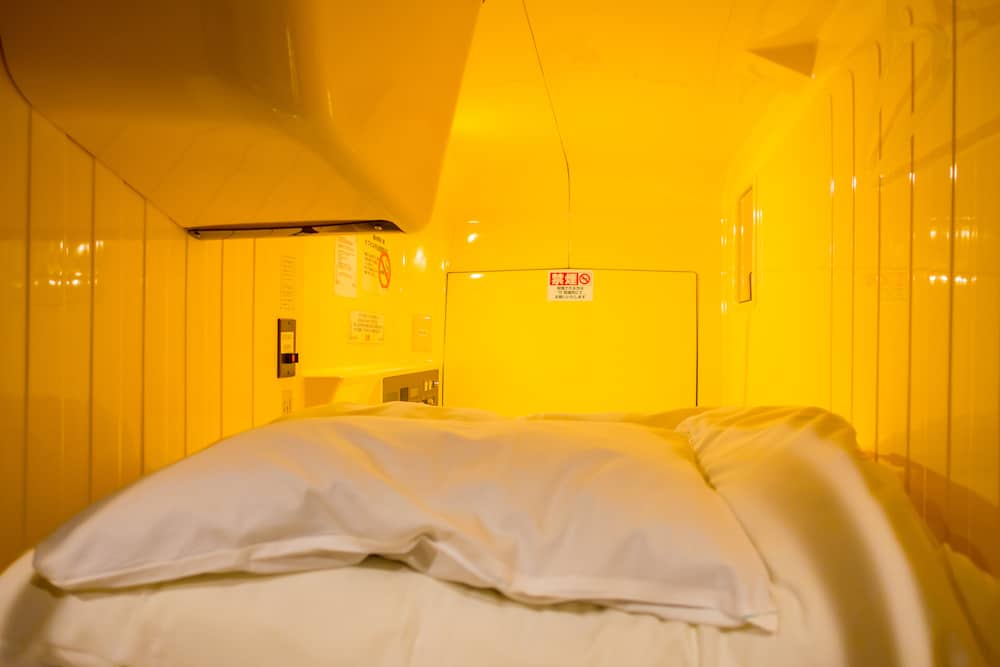
Tours to do in Tokyo
There are numerous customisable and guided tours offered throughout Tokyo.
A day tours often takes you on a one-hour cruise of the Tokyo Bay to see the stunning city skyline. You’ll also learn about Japan’s feudal history at Meiji Shrine, stop at the Imperial Palace East Garden, shop along Nakamise Street, and pay a visit to the Sensoji Buddhist pagoda. This tour is considered the best of both traditional and modern Tokyo.
One of the most unique and memorable tours is the Guided Go-Kart Tour Experience. This two-hour adventure departs from Shinagawa and guides you around to see the Shibuya Crossing, the Rainbow Bridge, the Tokyo Tower and more.
The tour really embraces Japan’s love of anime and manga, as you can dress up as your favourite comic book character for the duration. Plan ahead if you’re interested in this fun experience, as an international driving permit is required.
Of course, there are also walking tours available. If you’re not a native English speaker, the Tokyo Free Guide has volunteers that speak many languages. For a smaller, private tour with friends or family, the guides at the aptly-named Tokyo Walking Tours have you covered.
Recommend tours in Tokyo
- Mount Fuji, Lake Ashi and Bullet Train Day Trip from Tokyo
- Mt. Fuji Day Trip Including Lake Ashi Sightseeing Cruise from Tokyo
- Private Custom Tour: Tokyo in a Day
- Tokyo Day Tour: Meiji Shrine, Asakusa Temple and Tokyo Bay Cruise
- Tokyo Robot Evening Cabaret Show
- Nikko National Park Day Trip from Tokyo
- Small-Group Tokyo Biking Tour
- Food Tour of Tsukiji Fish Market
- Walking Food Tour of Shibuya at Night
- Tokyo Asakusa Rickshaw Tour
- Tokyo Local Food and Drink Experience with a Bar Hopping Master
- Hands-on Ninja Experience in Tokyo
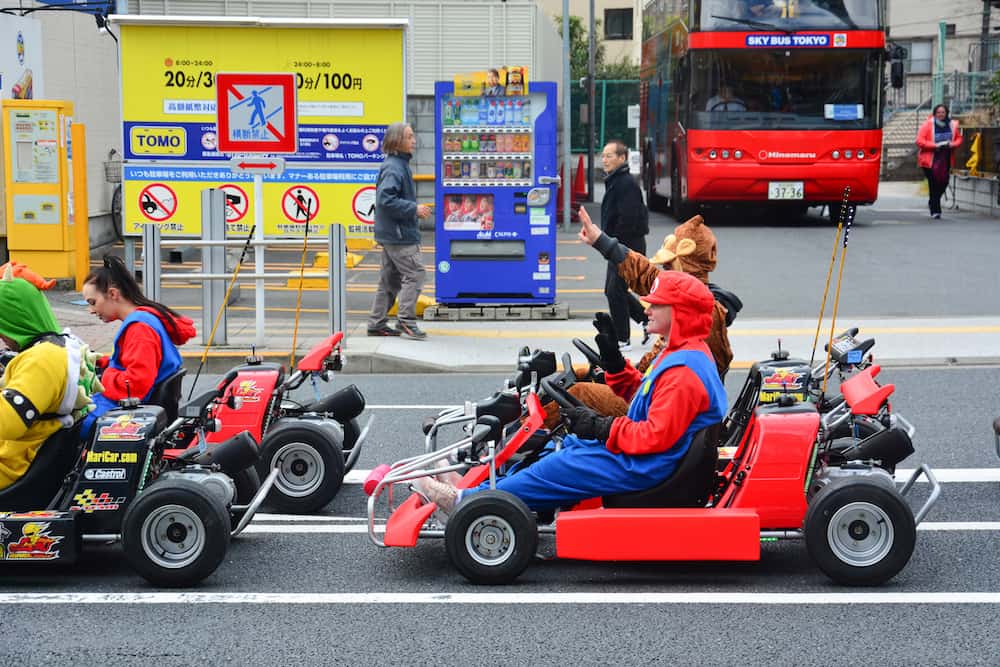
2 Day Tokyo Itinerary
By now you must be wondering how many attractions and activities you can fit into two days in Tokyo. It’s always up to you to decide how packed or relaxed you want your trip to be! Here’s a sample Tokyo 48 hour itinerary you may like to follow.
Day 1 in Tokyo
Make use of your Tokyo pass early on and catch the train to Shibuya. From the station, walk to Kanetanaka So for one of the most authentic Japanese breakfasts in the city.
After your meal, you can witness the early morning Shibuya Scramble and meet Hachiko’s statue. Wander through the luscious Yoyogi Park on your way to the Meiji Shrine.
Next, walk through Harajuku to get a glimpse of the colourful street art and out-there fashion, then visit the Watari Museum of Contemporary Art. Catch the Chiyoda line to get to the architecturally stunning National Art Centre. Walk to Ippudo Roppongi for a delicious late lunch of ramen.
Relax in the quaint Hinokicho Park, visit the Tokyo Tower (head to the top to see all of Tokyo), then head to Hinode Pier. End the day with a dinner cruise and oiran show along the Tokyo Bay.
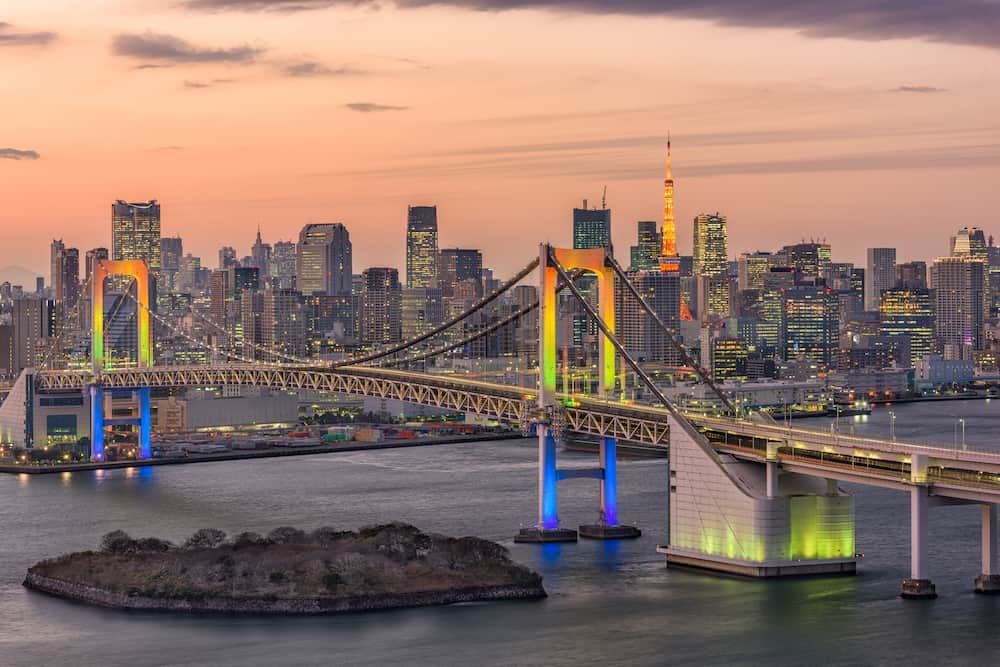
Day 2 in Tokyo
Make your way to Chūō-ku for a big breakfast at K’shiki, then wander around or take a guided tour of the Imperial Palace. You can also pop over to the nearby National Museum of Modern Art.
When you’re done, take the Tozai and Ginza lines to reach the vibrant Kanda Shrine. Afterwards, catch the Ginza line again to get to Ueno Park. Inside the park, you will find a quaint Japanese kaiseki spot, Inshotei.
After lunch, relax at the beautiful Shinobazu Pond, then delve into the Tokyo National Museum and the Tokyo Metropolitan Art Museum.
Next, make your way to Asakusa to explore Sensoji Temple and the surrounding shrines and gates. Get some millet dumplings and imo yokan as you head back down Nakamise Street for some souvenir shopping. Complete your Tokyo trip with dinner and drinks at the famous Kamiya Bar nearby.
While you should still leave time to explore anything that may come up, planning ahead and knowing what to do in Tokyo will save you a lot of stress. I hope this guide and 2 days Tokyo itinerary have inspired you to organise your next trip!
FAQs About tokyo in two days
What should I pack for a two day visit to Tokyo?
You should bring clothes that are suitable for the season you’ll be visiting in, and make sure you have comfortable walking shoes.
Depending on how cold or hot it is, you should also bring a light jacket and/or umbrella. If you plan to do any shopping, remember to bring enough cash!
What attractions should I visit if I only have two days in Tokyo?
There are countless attractions in Tokyo that would be worth your time but some popular spots include Senso-ji Temple in Asakusa, Meiji Shrine near Harajuku and Shinjuku Gyoen National Garden for beautiful scenery.
Make sure to also take the time to explore the various neighborhoods of the city such as Akihabara (for electronic gadgets) and Shibuya (for its famous “scramble crossing”).
are 2 days in tokyo enough?
Tokyo is an amazing city with so much to offer, but two days is not enough for a full experience. Certainly, you could get to know the basics of the city during this time.
Explore some main streets and popular attractions, sample different cuisines in renowned eateries, take part in cultural activities like a tea ceremony or karaoke night.
But with only two days there’s so much more that you miss out on! To really appreciate the vibrancy of Tokyo and be able to visit all its most iconic sites, we suggest four days minimum.
how many days do you really need in tokyo?
You really can get the best of Tokyo in a few days, but if you want to see everything it has to offer, it’s best to plan at least a week.
This gives you enough time for sightseeing and exploring popular neighborhoods like Shinjuku or Shibuya.
Even if you don’t have 7 days, there are plenty of attractions and experiences that you won’t want to miss in just two or three days.
But if you give yourself some extra time, you’ll be able to see more of the city and perhaps uncover hidden gems along the way.
Final Thoughts: 2 day itinerary tokyo
The best way to make the most of this two day itinerary for Tokyo is to mix and match it with your own preferences. Don’t be afraid to take a tour or two for that extra insight into the city.
You’ll be able to learn so much more about Tokyo’s rich history and culture from an experienced local guide. By doing this you will also get to experience some parts of the city that you may not have known existed – so don’t forget your camera!
No matter if you prefer traditional temples, modern skyscrapers, bustling nightlife or just meandering through the alleyways – Tokyo has something for everyone!
So don’t be afraid to take the plunge and plan your own unique journey through Japan’s capital. With this itinerary as a starting point, who knows what magical sights await you?
Read More:
- Where to Stay in Tokyo Japan
- A few of the Coolest Things to do in Tokyo + Day trips From Tokyo
- The Best Day Trips from Tokyo
- Budget Guide for Tokyo
- Luxury Travel Guide to Tokyo
- 5 day Itinerary for Japan
- Budget Travel Guide for Japan
- 10 Dishes you Must Try in Japan
- Best Dog Friendly Hotels in Tokyo: A Guide for Every Budget
If you’d like to save it for later, please save it to Pinterest.
